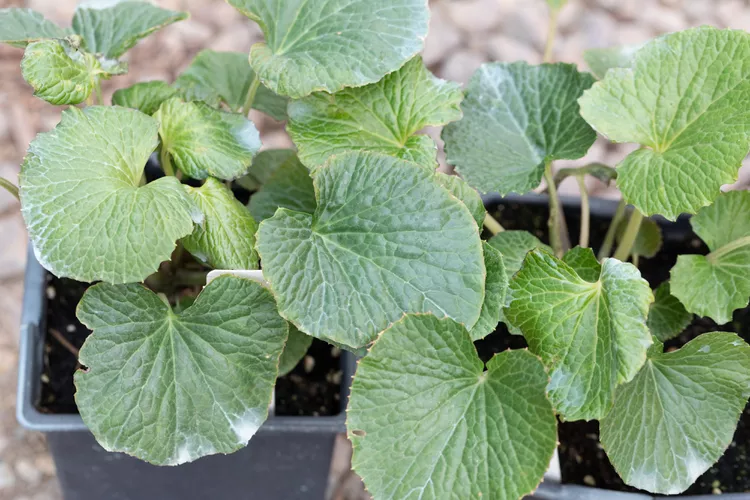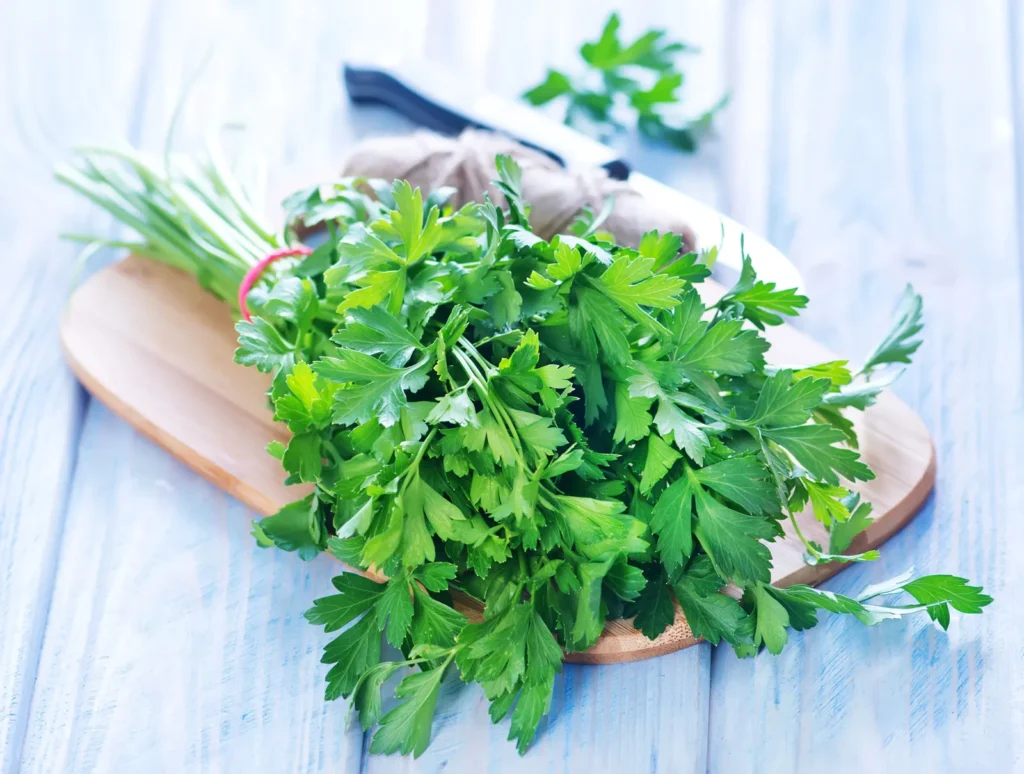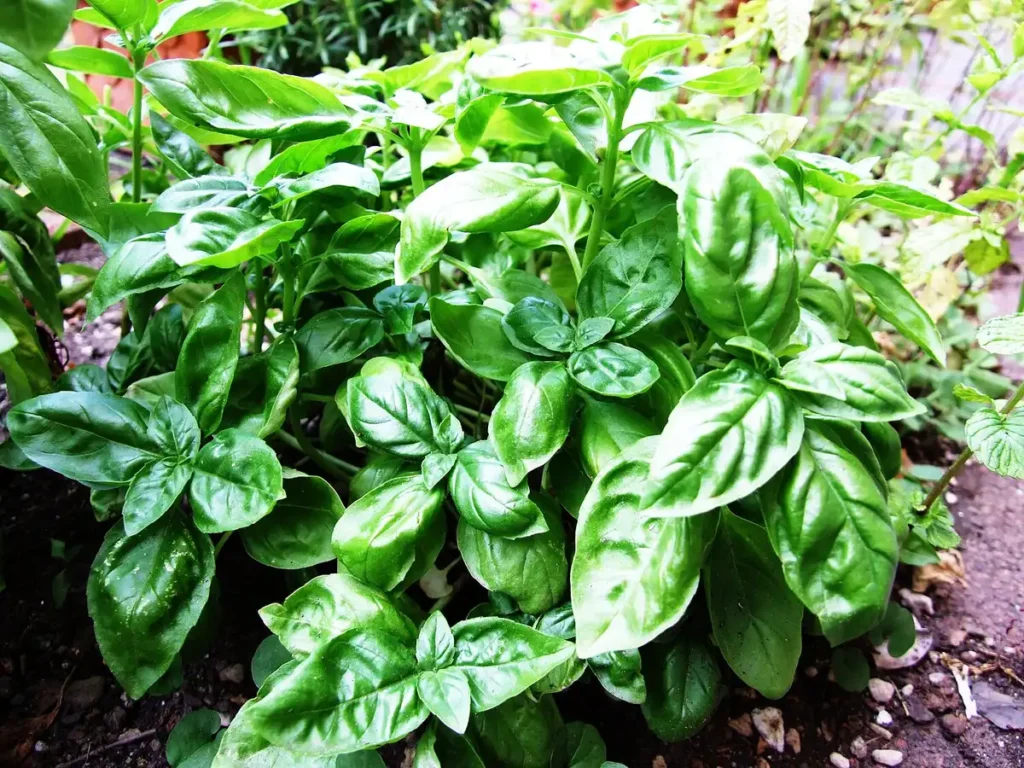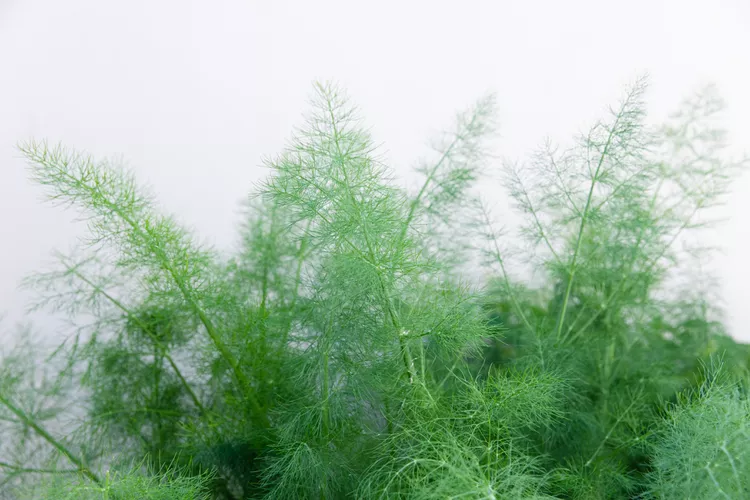
Description
Its tall, slender stalks give rise to enormous leaves. With palmate veins, they are huge and simple, measuring 3-6 inches in length and 3-6 inches in width. From late winter to early spring, wasabi flowers bloom in bunches on tall stems.
Habitat
The plant is indigenous to the Korean Peninsula, Sakhalin, Japan, and the Russian Far East. It grows naturally in Japan’s highland river valleys along stream beds.
Uses
The spicy flavor of wasabi stems can be found in fresh wasabi leaves, which are edible uncooked. Wasabi includes compounds that may decrease blood clotting, reduce inflammation, and perhaps fight cancer. Wasabi is used orally for a variety of ailments, including indigestion, cancer, heart disease, and stomach pain, although these claims are not well-supported by scientific research.

Varieties
There are several well-known wasabi cultivars, such as “Daruma,” which tolerates high temperatures better than most others.
“Fuji Daruma” is a kind that grows quickly and can be harvested the year it is planted.
For leaves that are edible, “Green Thumb” is a nice option.
Sanpoo evolved to thrive on nutrient-poor soils.
Mazuma is a cultivar that grows slowly; it can take three years for the roots to fully develop.
Plant Care
- Light
Wasabi does not do well in direct sunshine, so make sure the plants are shaded. A folding screen or a piece of cloth can be used to make a shade barrier. You may move container plants around to provide them with shade.
- Soil
In the garden, wasabi plants need rich, regularly wet soil that ranges in pH from slightly acidic to neutral. Use a one- or two-gallon pot with a 10-inch planting depth if you’re growing in a container. Combine rich soil and compost; the soil should be a little bit heavier than potting mix medium in order to retain moisture. Plant your nursery starts with the exposed portion of the rhizome facing upward.
- Water
After planting, give your wasabi a thorough irrigation on a regular basis. Another way to keep the plants cool is to mist them. These plants don’t like to be wet, so be careful not to overwater them.
- Temperature and Humidity
Growing wasabi requires careful thought because it can only withstand a limited temperature range; it prefers steady temperatures between 45°F and 75°F.
The plant can be killed by temperatures below freezing or above 80°F, thus these extremes should be avoided. Certain coastal regions, like the Pacific Northwest, have the ideal combination of cool, moderate temperatures for cultivating wasabi. If you plant in pots, you may easily relocate the plants in the event that the temperature unexpectedly rises or falls.
Move the plants to some shade and give them a little misting if the leaves start to droop or wilt.
Table





